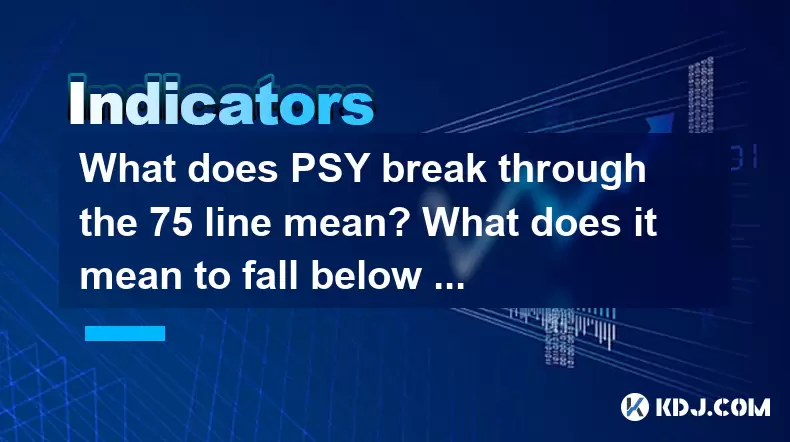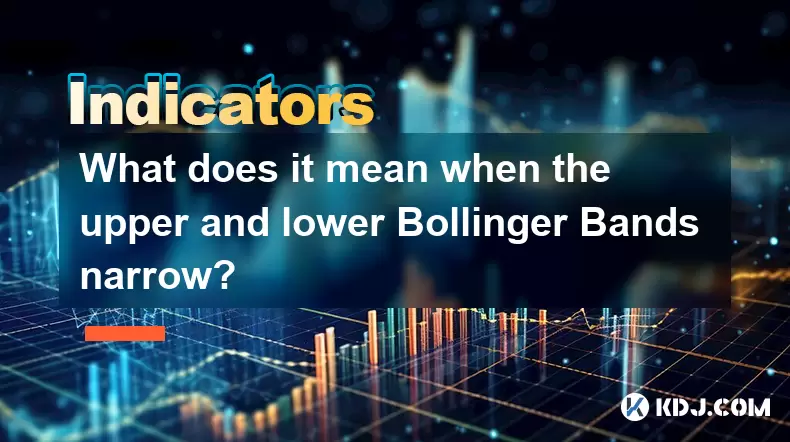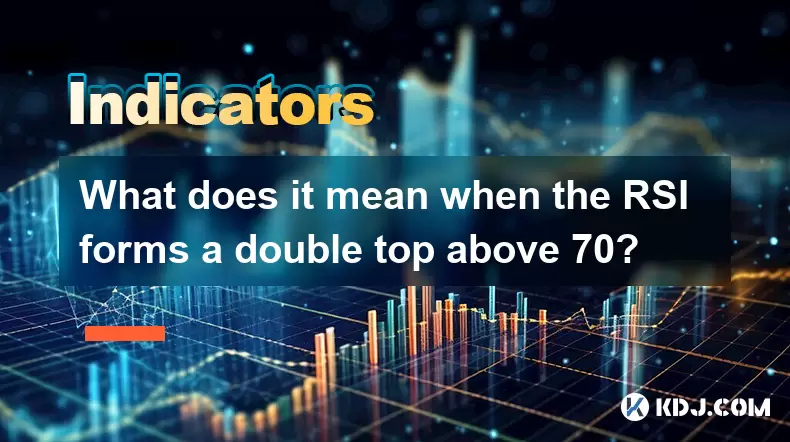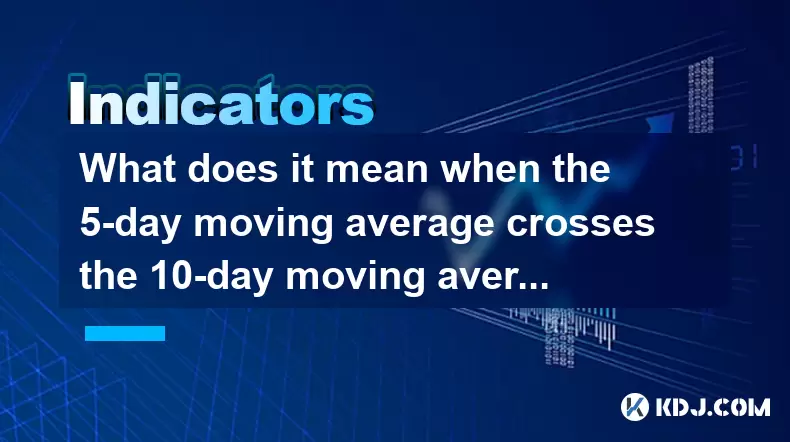-
 Bitcoin
Bitcoin $116800
0.20% -
 Ethereum
Ethereum $4192
5.51% -
 XRP
XRP $3.287
0.12% -
 Tether USDt
Tether USDt $1.000
0.00% -
 BNB
BNB $808.7
2.39% -
 Solana
Solana $180.4
2.23% -
 USDC
USDC $0.9999
0.01% -
 Dogecoin
Dogecoin $0.2390
6.80% -
 TRON
TRON $0.3365
-0.71% -
 Cardano
Cardano $0.8081
2.20% -
 Hyperliquid
Hyperliquid $43.74
6.50% -
 Chainlink
Chainlink $21.27
9.03% -
 Stellar
Stellar $0.4530
0.07% -
 Sui
Sui $3.908
3.00% -
 Bitcoin Cash
Bitcoin Cash $575.0
-1.02% -
 Hedera
Hedera $0.2632
0.61% -
 Avalanche
Avalanche $24.17
3.25% -
 Ethena USDe
Ethena USDe $1.001
0.02% -
 Litecoin
Litecoin $122.1
-0.24% -
 Toncoin
Toncoin $3.376
0.35% -
 UNUS SED LEO
UNUS SED LEO $8.981
-0.15% -
 Shiba Inu
Shiba Inu $0.00001373
5.86% -
 Uniswap
Uniswap $10.85
2.17% -
 Polkadot
Polkadot $4.080
4.03% -
 Dai
Dai $1.000
-0.02% -
 Pepe
Pepe $0.00001228
8.92% -
 Bitget Token
Bitget Token $4.506
0.09% -
 Cronos
Cronos $0.1581
3.76% -
 Monero
Monero $270.1
0.81% -
 Ethena
Ethena $0.7293
15.86%
What does PSY break through the 75 line mean? What does it mean to fall below the 25 line?
PSY indicator signals strong bullish momentum above 75 and bearish below 25, guiding traders on potential market trends and entry points in crypto trading.
Jun 02, 2025 at 11:28 pm

The terms "PSY break through the 75 line" and "PSY fall below the 25 line" refer to specific thresholds in the Psychological Line (PSY) indicator, which is a momentum oscillator used in technical analysis within the cryptocurrency market. This indicator measures the percentage of periods in which the closing price of an asset was higher than the previous period's closing price over a specified number of periods. Understanding these thresholds can provide insights into potential market trends and sentiment.
What is the Psychological Line (PSY) Indicator?
The Psychological Line (PSY) is a technical indicator used to gauge the market's psychological state by analyzing the percentage of days where the closing price of a cryptocurrency is higher than the previous day's closing price. The PSY indicator is calculated over a set number of periods, typically ranging from 10 to 20 days. The formula for the PSY is:
[ \text{PSY} = \left( \frac{\text{Number of periods where closing price > previous closing price}}{\text{Total number of periods}} \right) \times 100 ]
This indicator ranges from 0 to 100, with readings above 75 indicating strong bullish sentiment and readings below 25 indicating strong bearish sentiment.
PSY Break Through the 75 Line
When the PSY breaks through the 75 line, it suggests that the market is experiencing a strong bullish momentum. This means that over the specified period, a significant majority of the days have seen the cryptocurrency's closing price higher than the previous day's closing price. Traders and investors often interpret this as a signal that the market sentiment is overwhelmingly positive, and it may indicate the potential for further upward price movements.
In practical terms, when the PSY indicator moves above the 75 line, traders might consider the following steps:
- Monitor the Trend: Keep an eye on the overall trend to confirm that the bullish momentum is sustained.
- Look for Confirmation: Use other technical indicators, such as moving averages or the Relative Strength Index (RSI), to confirm the bullish signal.
- Consider Entry Points: Evaluate potential entry points for long positions, taking into account risk management strategies.
PSY Fall Below the 25 Line
Conversely, when the PSY falls below the 25 line, it indicates a strong bearish momentum in the market. This means that over the specified period, a significant majority of the days have seen the cryptocurrency's closing price lower than the previous day's closing price. This suggests that the market sentiment is overwhelmingly negative, and it may indicate the potential for further downward price movements.
In practical terms, when the PSY indicator moves below the 25 line, traders might consider the following steps:
- Monitor the Trend: Keep an eye on the overall trend to confirm that the bearish momentum is sustained.
- Look for Confirmation: Use other technical indicators, such as moving averages or the Relative Strength Index (RSI), to confirm the bearish signal.
- Consider Entry Points: Evaluate potential entry points for short positions, taking into account risk management strategies.
Using PSY in Trading Strategies
The PSY indicator can be a valuable tool in developing trading strategies within the cryptocurrency market. Traders often use it in conjunction with other technical indicators to enhance their analysis and decision-making process. Here are some ways to incorporate the PSY indicator into trading strategies:
- Trend Confirmation: Use the PSY indicator to confirm the direction of the trend. If the PSY is above 75, it confirms a strong bullish trend, while a reading below 25 confirms a strong bearish trend.
- Overbought/Oversold Conditions: While the PSY does not directly measure overbought or oversold conditions, traders can use it in conjunction with other indicators like the RSI to identify potential reversal points.
- Divergence: Look for divergences between the PSY indicator and the price action. If the price is making new highs while the PSY is not, it could signal a potential reversal.
Practical Example of Using PSY
To illustrate how the PSY indicator can be used in real-world trading scenarios, let's consider a hypothetical example involving Bitcoin (BTC).
- Scenario: Over the past 14 days, Bitcoin's closing price was higher than the previous day's closing price on 12 out of the 14 days.
- Calculation: Using the PSY formula, we calculate the PSY as follows:
[ \text{PSY} = \left( \frac{12}{14} \right) \times 100 = 85.71 ]
Interpretation: With a PSY reading of 85.71, Bitcoin has broken through the 75 line, indicating strong bullish momentum. Traders might interpret this as a signal to look for potential entry points for long positions.
Confirmation: To confirm the bullish signal, traders could look at other indicators such as the 50-day moving average and the RSI. If the 50-day moving average is trending upwards and the RSI is not in overbought territory, it could further support the bullish outlook.
Entry Points: Traders might consider entering a long position when the price pulls back to a key support level, such as a recent swing low, while the PSY remains above 75.
Limitations of the PSY Indicator
While the PSY indicator can provide valuable insights into market sentiment, it is important to be aware of its limitations. Here are some key considerations:
- Lag: The PSY indicator is based on historical data and may lag behind current market conditions. Traders should use it in conjunction with other real-time indicators for a more comprehensive analysis.
- False Signals: Like all technical indicators, the PSY can generate false signals. Traders should always use additional confirmation tools to validate the signals provided by the PSY.
- Market Context: The effectiveness of the PSY indicator can vary depending on the market context. In highly volatile or trending markets, the PSY may be more reliable, while in choppy or range-bound markets, it may produce less accurate signals.
Frequently Asked Questions
Q: How often should I recalculate the PSY indicator?
A: The PSY indicator should be recalculated at the end of each trading period, typically daily. This ensures that the indicator reflects the most recent market data and provides up-to-date insights into market sentiment.
Q: Can the PSY indicator be used for short-term trading?
A: Yes, the PSY indicator can be used for short-term trading. However, traders should be cautious and use shorter time frames, such as 5 or 10 days, to make the indicator more responsive to recent price movements. Additionally, combining the PSY with other short-term indicators can enhance its effectiveness.
Q: Is the PSY indicator more effective for certain cryptocurrencies?
A: The effectiveness of the PSY indicator can vary across different cryptocurrencies. It tends to be more reliable for cryptocurrencies with higher trading volumes and liquidity, such as Bitcoin and Ethereum, as these assets often exhibit clearer trends and momentum. For less liquid cryptocurrencies, the PSY may be less reliable due to potential price manipulation and lower trading activity.
Q: How can I combine the PSY indicator with other technical indicators?
A: Combining the PSY indicator with other technical indicators can enhance your trading strategy. Here are some common combinations:
- Moving Averages: Use moving averages to confirm the direction of the trend indicated by the PSY. For example, if the PSY is above 75 and the 50-day moving average is trending upwards, it strengthens the bullish signal.
- Relative Strength Index (RSI): The RSI can help identify overbought or oversold conditions. If the PSY is above 75 and the RSI is not in overbought territory, it may indicate a strong bullish trend without immediate reversal risks.
- MACD (Moving Average Convergence Divergence): The MACD can help identify potential trend reversals. If the PSY is above 75 and the MACD line crosses above the signal line, it can confirm the bullish momentum and signal potential entry points for long positions.
Disclaimer:info@kdj.com
The information provided is not trading advice. kdj.com does not assume any responsibility for any investments made based on the information provided in this article. Cryptocurrencies are highly volatile and it is highly recommended that you invest with caution after thorough research!
If you believe that the content used on this website infringes your copyright, please contact us immediately (info@kdj.com) and we will delete it promptly.
- Crypto Airdrops & Opportunities: What's Hot in August 2025
- 2025-08-09 22:30:12
- XRP, Cardano, and the Alluring Alternatives: A 2025 Crypto Landscape
- 2025-08-09 22:35:12
- Shiba Inu (SHIB) in the Crypto Landscape: Community, Trends, and Future Outlook
- 2025-08-09 20:30:12
- Solana, Unilabs, and Social Trends: Decoding the Crypto Buzz
- 2025-08-09 21:10:12
- Dogecoin, Meme Coins, and Layer Brett: Chasing the Next 100x
- 2025-08-09 20:50:12
- Crypto Presales in 2025: Are They Set to Outperform Launches?
- 2025-08-09 20:55:15
Related knowledge

What does it mean when the MACD histogram continues to shorten but the price reaches a new high?
Aug 09,2025 at 09:29pm
Understanding the MACD Histogram and Its ComponentsThe MACD (Moving Average Convergence Divergence) indicator is a widely used technical analysis tool...

What does it mean when the Triple Moving Average (TRIX) turns downward but the price doesn't fall?
Aug 09,2025 at 12:42pm
Understanding the Triple Moving Average (TRIX) IndicatorThe Triple Moving Average, commonly known as TRIX, is a momentum oscillator designed to filter...

What does it mean when the Williams' oscillator repeatedly hits bottoms but fails to rebound?
Aug 09,2025 at 09:28am
Understanding the Williams %R OscillatorThe Williams %R oscillator, developed by Larry Williams, is a momentum indicator used in technical analysis to...

What does it mean when the upper and lower Bollinger Bands narrow?
Aug 09,2025 at 03:00pm
Understanding Bollinger Bands in Cryptocurrency TradingBollinger Bands are a widely used technical analysis tool in the cryptocurrency market, develop...

What does it mean when the RSI forms a double top above 70?
Aug 09,2025 at 05:50pm
Understanding the RSI and Overbought ConditionsThe Relative Strength Index (RSI) is a momentum oscillator that measures the speed and change of price ...

What does it mean when the 5-day moving average crosses the 10-day moving average but the 20-day moving average remains upward?
Aug 09,2025 at 03:35pm
Understanding Moving Averages in Cryptocurrency TradingMoving averages are foundational tools in technical analysis, especially within the cryptocurre...

What does it mean when the MACD histogram continues to shorten but the price reaches a new high?
Aug 09,2025 at 09:29pm
Understanding the MACD Histogram and Its ComponentsThe MACD (Moving Average Convergence Divergence) indicator is a widely used technical analysis tool...

What does it mean when the Triple Moving Average (TRIX) turns downward but the price doesn't fall?
Aug 09,2025 at 12:42pm
Understanding the Triple Moving Average (TRIX) IndicatorThe Triple Moving Average, commonly known as TRIX, is a momentum oscillator designed to filter...

What does it mean when the Williams' oscillator repeatedly hits bottoms but fails to rebound?
Aug 09,2025 at 09:28am
Understanding the Williams %R OscillatorThe Williams %R oscillator, developed by Larry Williams, is a momentum indicator used in technical analysis to...

What does it mean when the upper and lower Bollinger Bands narrow?
Aug 09,2025 at 03:00pm
Understanding Bollinger Bands in Cryptocurrency TradingBollinger Bands are a widely used technical analysis tool in the cryptocurrency market, develop...

What does it mean when the RSI forms a double top above 70?
Aug 09,2025 at 05:50pm
Understanding the RSI and Overbought ConditionsThe Relative Strength Index (RSI) is a momentum oscillator that measures the speed and change of price ...

What does it mean when the 5-day moving average crosses the 10-day moving average but the 20-day moving average remains upward?
Aug 09,2025 at 03:35pm
Understanding Moving Averages in Cryptocurrency TradingMoving averages are foundational tools in technical analysis, especially within the cryptocurre...
See all articles

























































































